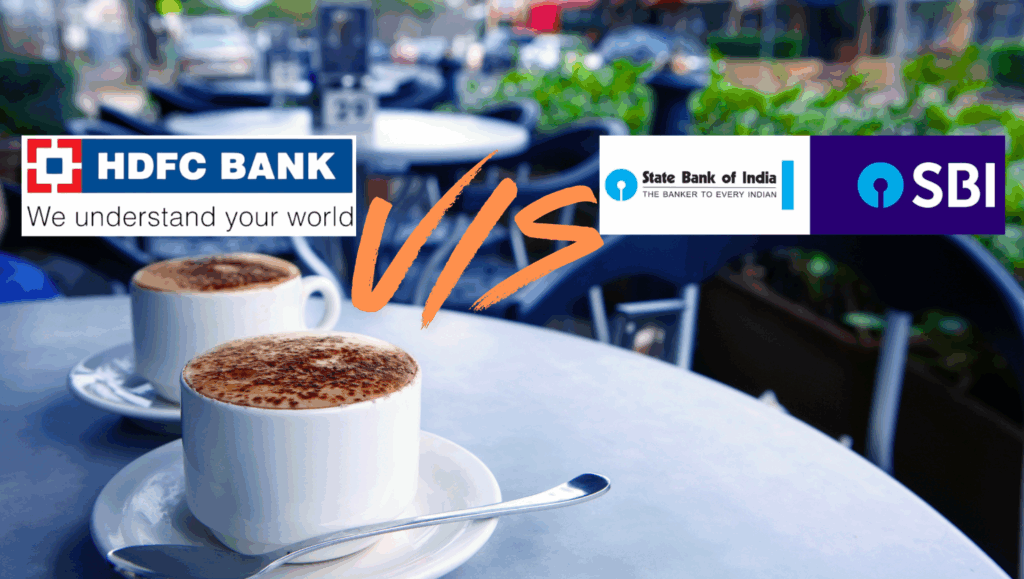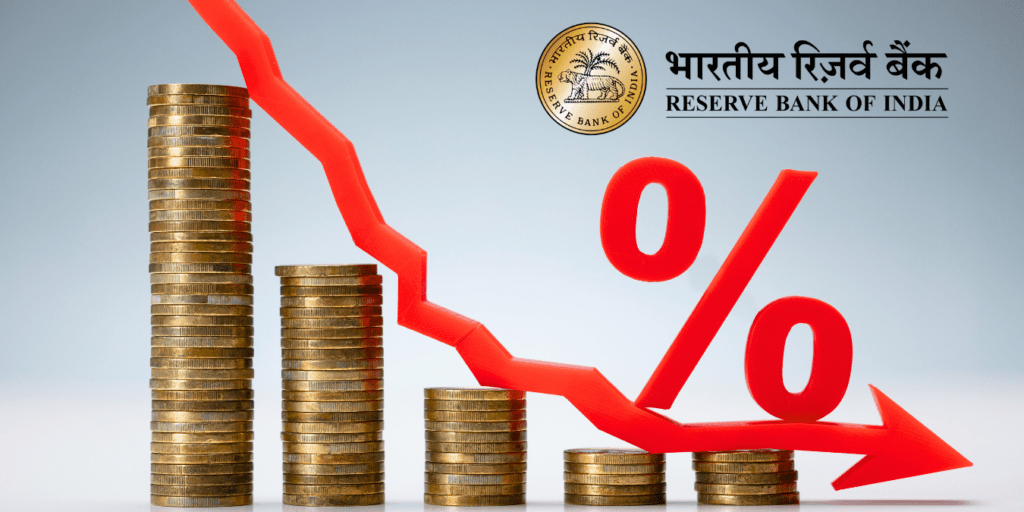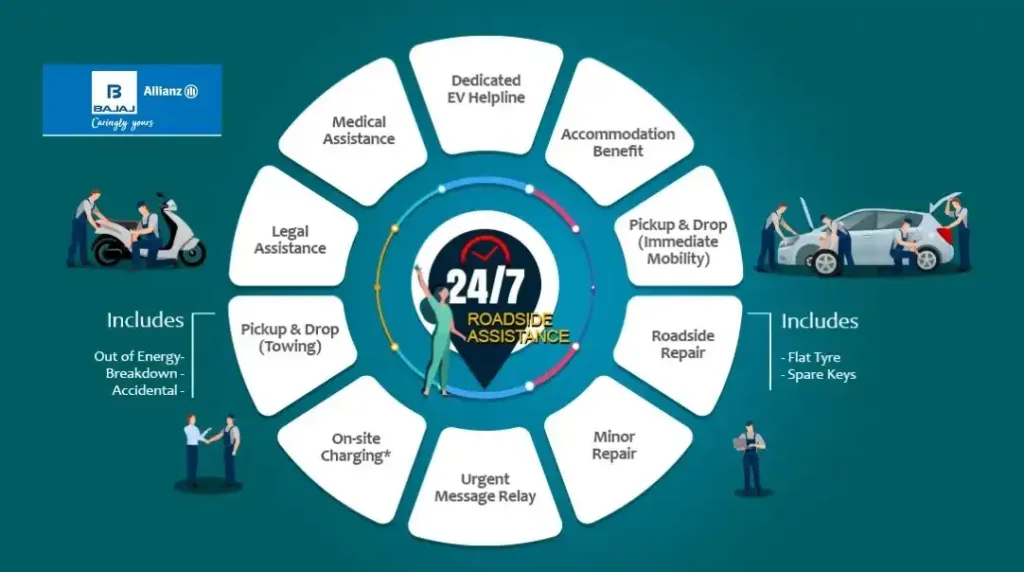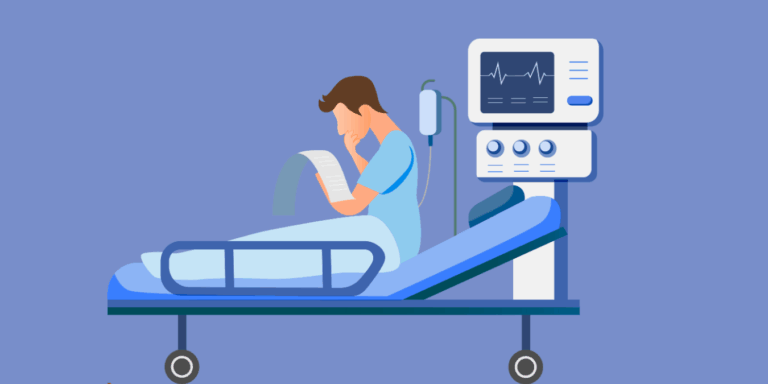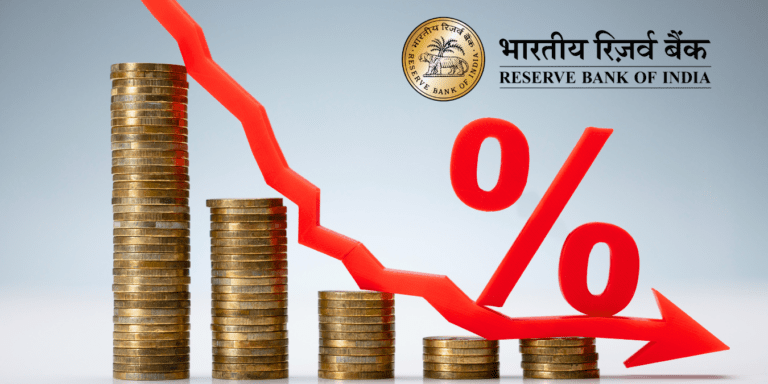
The Surprising Reality Behind Affordable Health Insurance for Middle-Class in India Today
The secrets of low premium health insurance for India’s middle class in 2025! Discover surprising government schemes, tech-driven innovations, and expert tips to save big while securing your family’s future. Don’t miss out on this evolving landscape that could transform how you protect your health and finances today.
Did you know that while millions of middle-class Indian families believe good health insurance means high premiums, there are affordable plans backed by government reforms and private insurers that offer extensive benefits — but many are missing out due to myths and misinformation? What’s holding back the average Indian from accessing these budget-friendly, reliable health coverages? The answer exposes overlooked market shifts, regulatory changes, and technological innovations reshaping healthcare affordability today.
Understanding the Middle-Class Insurance Challenge
Why Affordable Health Insurance Feels Out of Reach
India’s middle class faces a paradox: rising medical costs and lifestyle diseases make insurance essential, yet many consider premiums prohibitively expensive. Healthcare inflation coupled with complex policy terms creates confusion, leading many to delay or avoid purchasing coverage. The hesitation is fueled by perceived high costs, limited awareness, and distrust in insurance claims processes.
The New Wave of Insurance Products Tailored for You
In 2025, insurers are responding to middle-class needs with plans featuring:
- Low premiums starting as low as ₹10,000 annually.
- Family floater options covering multiple members under one policy.
- Restoration benefits that replenish sum insured after claims.
- Inclusion of daycare procedures, critical for modern medical care.
- Cashless treatment facilities available across thousands of hospitals nationally.
Such innovations make quality healthcare accessible with financial relief and peace of mind, especially for young families planning for future uncertainties.
Government Initiatives: A Game-Changer for Middle-Class Health Insurance
The Power of Ayushman Bharat PM-JAY and Other Programs
Government schemes like Ayushman Bharat PM-JAY provide coverage up to ₹5 lakh per family, targeting vulnerable populations but increasingly benefitting tier 2 and 3 middle-class families as well. These programs help reduce out-of-pocket expenses substantially at no or minimal premium costs:
- Covers hospitalization and secondary/tertiary care.
- Eligibility extends to below-poverty-line families and other vulnerable groups.
- Growing acceptance across public and private hospitals.
Besides, universal health insurance options with affordable premiums and family coverage up to 70 years old are making health insurance inclusive for many otherwise uninsured middle-class households.
What are the Latest Government Health Insurance Schemes for Middle Class
Here is a table summarizing the latest government health insurance schemes for the middle class in India as of 2025:
| Scheme Name | Coverage Amount (₹) | Eligibility Criteria | Key Benefits | Premium | Coverage Features |
| Ayushman Bharat PM-JAY | Up to 5,00,000 per family | Economically vulnerable + seniors above 70 | Cashless treatment in empaneled hospitals, pre/post-hospitalization expenses, secondary & tertiary care | Mostly free for eligible families | Includes senior citizen top-up coverage; wide hospital network |
| Employees' State Insurance Scheme (ESIS) | Full medical coverage | Salaried workers earning ≤ ₹21,000/month | Outpatient, inpatient, cash benefits, enhanced digital services | Contribution-based | Covers outpatient and inpatient; mandatory for eligible employees |
| Mahatma Jyotirao Phule Jan Arogya Yojana (MJPJAY) (Maharashtra) | Up to 5,00,000 per family | All families in Maharashtra | No waiting period for pre-existing conditions, cashless surgeries | Free for eligible families | Covers 1209 treatments across 34 specialties |
| Arogya Karnataka | ₹5,00,000 for BPL families; ₹1,50,000 for APL | Karnataka residents | Mobile app-enabled cashless treatment, secondary & tertiary care | Free/subsidized | Inclusive of most major hospital procedures |
| State-Specific Subsidized Schemes | ₹3,00,000–₹6,50,000 | Varies by state; proof of domicile often sufficient | Wide range of treatments and transplant covers | Free or nominal | Cashless care, covers critical illnesses and major surgeries |
Hidden Benefits Many Don’t Know
Besides costly hospital care, these schemes also cover pre and post-hospitalization, ambulance charges, and sometimes even non-medical expenses like food and accommodation for caregivers. Yet, awareness of these extended benefits remains low, causing many to underutilize their policies.
Digital Transformation: Bringing Affordability and Convenience
How Technology Is Lowering Premium Costs
Digital platforms enable insurers to reduce operational costs by automating policy issuance, claims processing, and customer support. This cost efficiency translates into lower premiums for policyholders while delivering quicker settlements and cashless services.
Customized Plans for Tech-Savvy Generations
Gen Z and millennials, who embrace digital ease, demand personalized health insurance with wellness incentives, telemedicine consultations, and app-based claim submissions. These features increase engagement and improve health outcomes, pushing insurers to innovate continuously and keep premiums competitive.
Why Middle-Class Indians Should Act Now
Secure Your Family’s Future Today
Having a low premium health insurance plan is not just about financial security; it's a step towards empowering your family’s well-being, safeguarding against unexpected medical emergencies, and building a safety net that supports your aspirations for a healthy, prosperous future.
Say Goodbye to Medical Debt Anxiety
Health insurance transforms the fear of expensive treatments into a manageable monthly premium. When an emergency strikes, it offers comfort and relief in knowing your family’s health expenses are manageable, reducing stress and allowing focus on recovery.
Rising Medical Costs Demand Immediate Attention
With yearly healthcare inflation rising ahead of income growth, waiting to buy insurance means paying more later. Early planners lock in lower premiums and broader coverage, avoiding the growing financial burden that can jeopardize family stability.
How to Choose the Best Low Premium Health Insurance Plan in India
Choosing the best low premium health insurance plan in India involves careful consideration of multiple factors to ensure good coverage without straining your budget. Here is a step-by-step guide to help you select the right plan:
- Assess Your Coverage Needs
- Evaluate the health risks in your family based on age, existing conditions, and lifestyle.
- Decide on the adequate sum insured to cover hospitalization and critical illness expenses—typically ₹3 lakh to ₹5 lakh for middle-class households.
- Consider whether you need coverage for dependents like spouse, children, and parents. Family floater plans often provide better value.
- Compare Coverage Features
- Look for comprehensive coverage beyond hospitalization, including pre and post-hospitalization expenses, daycare procedures, ambulance charges, and critical illness benefits.
- Check for coverage of modern treatments like telemedicine consultations and wellness benefits.
- Verify waiting periods for pre-existing diseases, maternity benefits, and any sub-limits on treatments.
- Check the Premium and Affordability
- Opt for plans with premiums that fit your budget without sacrificing essential coverage.
- Consider higher deductibles or co-pay options to reduce premiums if you are healthy.
- Review discounts offered for no claims, online purchase, or combined family policies.
- Review Insurer Reputation and Claim Settlement Ratio
- Choose insurers with a high claim settlement ratio (above 90%) to reduce claim rejection risks.
- Read customer reviews about claim processing speed, support services, and network hospital coverage.
- Check empaneled hospitals in your city or region for cashless treatment convenience.
- Understand Policy Terms & Conditions
- Read the fine print carefully to avoid surprises related to exclusions, waiting periods, and renewal terms.
- Check for policy portability options to switch insurers without losing benefits.
- Ensure lifelong renewal and no cap on entry age if you want long-term security.
- Leverage Government Schemes if Eligible
- If eligible, use government schemes like Ayushman Bharat PM-JAY as a supplementary cover to reduce your premium burden.
- Some private insurers offer top-up plans designed to work with government coverage.
- Use Digital Tools & Compare Plans
- Utilize online insurance aggregators and calculators to compare multiple plans side by side.
- Look out for limited-period offers or new digital-only plans with aggressive pricing.
The 8.10% Home Loan: Why PNB’s Rate Cut is Both a Blessing and a ‘Goldilocks’ Trap for Indian Buyers in 2025
Tips to Reduce Health Insurance Premiums
Here are practical tips for reducing your health insurance premium in India without compromising essential coverage:
- Opt for a Higher Deductible or Co-Payment
- Choosing a higher deductible means you pay more out-of-pocket before insurance kicks in, lowering your premiums.
- Co-payments (sharing a percentage of claim costs) also reduce premium costs.
- Choose a Family Floater Plan
- Instead of buying separate policies for each family member, a family floater covers multiple members under one sum insured, often at a lower combined premium.
- Increase Your Policy Term
- Opting for a multi-year policy (e.g., 2-3 years) can attract discounts compared to renewing annually.
- Maintain a Healthy Lifestyle
- Insurers offer discounts or lower premiums for non-smokers, people with normal BMI, or those engaged in regular exercise and health check-ups.
- Buy Insurance Early and Renew Continuously
- Starting young and maintaining uninterrupted coverage helps avoid age-related premium hikes and waiting periods for pre-existing conditions.
- Remove Unnecessary Add-Ons
- Avoid extra riders or benefits you may not need, such as maternity cover if you are above childbearing age, to keep premiums low.
- Opt for Network Hospitals
- Cashless treatment at empaneled hospitals reduces claim hassles and can sometimes translate to better pricing from insurers.
- Compare Plans Online
- Utilize insurance aggregators to compare premiums for similar coverage and choose the most cost-effective option.
- Leverage Government Schemes
- If eligible, use government health insurance schemes as a base and opt for private top-up plans instead of full private coverage.
- Limit Sum Insured to Reasonable Amount
- Avoid over-insuring by choosing a sum insured aligned with typical medical costs and your family’s health profile.
What Future Health Insurance Trends will Impact Middle Class Buyers
The future health insurance trends set to impact middle-class buyers in India in 2025 and beyond include several transformative shifts driven by technology, consumer demands, and evolving healthcare needs:
Key Future Trends Impacting Middle-Class Health Insurance Buyers
- Rising Healthcare Costs and Inflation Pressure
- Medical expenses continue to rise faster than wage growth, making health insurance a financial necessity rather than optional for middle-class families.
- Plans with higher sum insureds and inflation-linked benefits will become more critical to protect against growing out-of-pocket costs.
- Customized and Modular Insurance Products
- Increasing demand for flexible, modular plans allowing add-ons like maternity, outpatient department (OPD) cover, critical illness riders, and wellness incentives.
- Policies will be tailored to life stages and health conditions rather than one-size-fits-all.
- Expanding Coverage in Rural and Semi-Urban Areas
- Digital penetration and smartphone use enable insurers to reach untapped rural and semi-urban middle-class segments through microinsurance and affordable products.
- Public-private partnerships will expand government health scheme reach into these regions.
- Deep Integration of Technology and AI
- Use of artificial intelligence and big data analytics to personalize risk assessment and develop hyper-personalized products.
- Digital platforms will improve policy issuance, renewals, claims settlement, and customer engagement, making insurance buying and claims hassle-free.
- Wellness-Linked Insurance and Preventive Care
- Plans incentivizing healthy lifestyles through rewards for exercise, regular screenings, healthy eating, and preventive care.
- This approach helps reduce claims and improves long-term health outcomes.
- Telemedicine Integration
- Teleconsultations and virtual healthcare services embedded within insurance plans, increasing accessibility especially in remote areas and reducing costs for routine care.
- Product Innovation Focused on Chronic Diseases and Aging Population
- Rising burden of lifestyle diseases like diabetes, hypertension, and heart disease means long-term, chronic care coverage will be prioritized.
- Senior citizen plans offering lifelong renewability and specialized benefits will proliferate as India's population ages.
- Government Initiatives and Regulatory Improvements
- Continued expansion and support for flagship schemes like Ayushman Bharat will complement private insurance, especially for economically vulnerable segments of the middle class.
- IRDAI regulations will encourage more transparency, reduced waiting periods, and removal of age limits to improve access.
- Focus on Gig Economy and Informal Workers
- Designing affordable, portable health insurance plans suited to India’s 15+ million gig and informal sector workers, a traditionally uninsured segment.
- Collaborations Between Insurers and Hospitals
- Strategic partnerships to offer bundled care packages, easier cashless payments, and seamless customer experiences through integrated digital ecosystems.
Don’t Miss the Health Insurance Revolution
The low premium health insurance market for India's middle class in 2025 holds many surprising opportunities hidden beneath traditional assumptions. With the right knowledge, digital tools, and supportive government schemes, middle-class families can now access robust protection without breaking the bank.
The secret to securing this is awareness, early action, and savvy plan selection to unlock benefits that most overlook. Stay tuned for upcoming shifts that promise to revolutionize how health assurance shapes lives — a future where affordability meets comprehensive care seamlessly.

